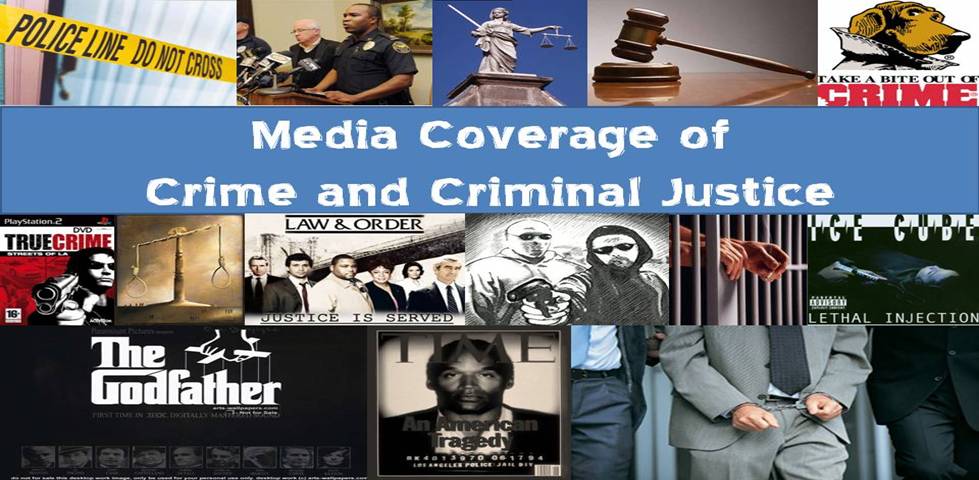This morning on the way to work I heard a story by NPR on murder in Chicago.
According to their new mayor, "only 8.5%" of the entire city accounts for all of the murders and that's "pretty good" (although not so good for those living in those neighborhoods, as he mentioned).
Yes, it's a fact that murder is highly concentrated in America's cities. It tens to cluster in the poorest and most disadvantaged neighborhoods. Anyone whose ever studied criminology and learned about the "Chicago School" and social disorganization theory knows very well why this happens. And anyone whose ever been to Chicago knows exactly what these place looks like, sort of like the image above but worse.
Driving into Chicago to see the part of city where Oprah works -- the Loop (see the image on the right) -- you first encounter places that look like third-world countries, with boarded up buildings, graffiti, broken down cars, unbelievable population density (people literally living on top of each other), immense poverty, and almost no green space. These places have high rates of unemployment, few opportunities for legitimate success, failing schools, lots of gangs and illicit drug activity, and widespread hopelessness.
These are the conditions the produce murder in Chicago and the United States.
According to the NPR article: In Chicago, nearly 700 children were hit by gunfire last year — an average of almost two a day — and 66 of them died.
So to some degree it makes sense that the city is investing its resources into schools to help kids. Yet, not a single child was murdered at school. Every child murdered in Chicago died in one of those neighborhoods described above, sometimes on his or her way to or from school, but never at school.
Thus, the city's approach is flawed. They are practicing secondary crime prevention, aimed at the kids most prone to be murdered and to become murderers. While this is more promising than waiting until a murder occurs and then trying to deal with the aftermath (which is called tertiary crime prevention, or more accurately, crime control), and even more effective approach would be to address the conditions that actually produce murder.
This is called primary crime prevention, and entails eliminating the conditions that produce murder in all neighborhoods so that murder is far less likely to happen in the first place. In a nutshell, primary crime prevention amounts to bettering people's lives by increasing opportunities for legitimate work and happiness, by making sure that no one in the wealthiest nation on Earth lives in entrenched poverty and hopelessness.
I know I know, this is too "liberal" for some people and amounts to "socialism" for others. Keep in mind that the richest 400 people in the nation have more than half the money in the country. Those folks could easily do with slightly less (and still be filthy rich) in order to restore our nation's greatest cities, which would better everyone's lives and greatly reduce the number of murders in the nation on top of that.
So that we never have to see a horrendous image like this one.
http://www.npr.org/2011/03/21/132678405/chicagos-schools-police-work-to-stem-violence




I went to Chicago in high school to study architecture and when there, you see amazing buildings and structural miracles. It's a beautiful city but only in patches. Fortunately I didn't see anything like the last picture of the boy with the gun, but I did see numerous examples of the top two pictures. Just like many cities in this country, Chicago makes an attempt to hide its ghettos. There are rougher parts of town, regardless of what town you're in but the difference is how they are segregated. Chicago has many very affluent inhabitants but also some of the poorest in the nation. The crime being described is no exaggeration, I'm sure. The disparity in the economy and the poverty will get worse while the rich will continue to make profits. This cycle will continue until not just the street criminals are broken or imprisoned but so are the white collar crooks. The city is a pretty ugly object masked in a very attractive and convincing paper. Oprah putting up this front of beauty and cleanliness promotes a sense of innocence and happiness, wealth and prosperity while this is true for only a select few in the population. She is not alone in this. The post card image of where she works might as well be the city of Oz because it is only true or even possible for a limited number of people.
ReplyDelete